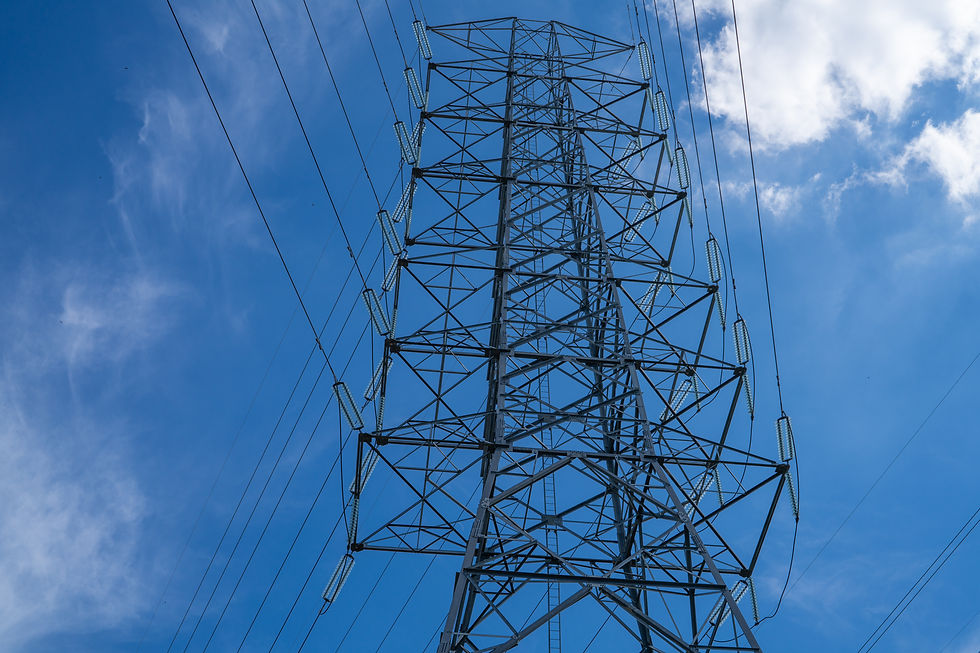How Eco-Friendly Buildings Foster Sustainable Living
- Jennifer Crowley
- Aug 1, 2023
- 3 min read
Updated: Jul 8, 2024

In today’s rapidly changing world, the need for sustainable practices has become more critical than ever. As we strive to mitigate the impacts of climate change, eco-friendly buildings have emerged as a crucial solution. These structures, designed with sustainable materials and energy-efficient systems, not only reduce their environmental footprint but also offer numerous benefits to occupants and the surrounding community. This blog will explore how eco-friendly buildings contribute to a greener future and foster sustainable living.
What are Eco-Friendly Buildings?
An environmentally sustainable building is a structure that minimizes resource consumption, reduces emissions, and manages waste more efficiently. Certain green buildings even positively influence the surrounding environment, playing a role in enhancing the global climate. Additionally, eco-friendly buildings are purposefully designed to benefit the individuals who occupy them. Through features such as enhanced ventilation, insulation, and utilization of natural light, these buildings positively impact occupants’ well-being, leading to improved health, productivity, and overall quality of life.
Energy Efficiency
One of the primary features of eco-friendly buildings is their focus on energy efficiency. Through careful design, insulation, and use of renewable energy sources, these buildings significantly reduce energy consumption. By incorporating features such as solar panels, efficient lighting systems, and well-insulated walls, they minimize the need for fossil fuel-based energy, resulting in lower greenhouse gas emissions and reduced strain on the grid.
Water Conservation
Eco-friendly buildings employ innovative strategies for water conservation. To minimize water wastage, they integrate water-saving fixtures like low-flow toilets, faucets, and shower heads. Additionally, rainwater harvesting systems are often incorporated to collect and reuse rainwater for irrigation or non-potable purposes. These practices help reduce water consumption, relieve stress on local water supplies, and promote sustainable water management.
Sustainable Materials
The choice of materials used in construction plays a significant role in the eco-friendliness of a building. Sustainable buildings prioritize the use of renewable, recycled, and locally sourced materials. For instance, incorporating bamboo, reclaimed wood, or recycled metal helps reduce the demand for virgin materials and decreases the carbon footprint associated with production and transportation. By opting for environmentally friendly materials, these buildings conserve natural resources and promote a circular economy.
Indoor Air Quality (IAQ)
Eco-friendly buildings prioritize the health and well-being of occupants by maintaining excellent indoor air quality. By using low-VOC (volatile organic compounds) paints, adhesives, and building materials, they minimize the release of harmful chemicals into the air. Moreover, adequate ventilation systems and efficient air filtration technologies help remove pollutants, allergens, and contaminants, creating a healthier living and working environment.
Sustainable Landscaping
Eco-friendly buildings extend their sustainability efforts beyond their physical structures. They incorporate sustainable landscaping practices that enhance biodiversity and reduce the environmental impact of outdoor spaces. This includes utilizing native plants, installing efficient irrigation systems, creating green roofs and walls, and implementing permeable surfaces to reduce stormwater runoff. These measures contribute to improved air quality, reduced heat island effect, and harmonious integration of buildings with the natural environment.
Enhanced Quality of Life
Living or working in an eco-friendly building offers several benefits to occupants. With improved indoor air quality, ample natural light, and reduced exposure to harmful chemicals, occupants often experience enhanced comfort, productivity, and overall well-being. Moreover, energy-efficient systems contribute to lower utility bills, making eco-friendly buildings more cost-effective in the long run. By prioritizing sustainable living, these buildings foster a sense of responsibility and environmental stewardship among occupants.
Green or sustainable buildings are designed to be eco-friendly and can include any number of the features above.
The Goal of Eco-Friendly Buildings
There are specific goals to keep in mind when designing an eco-friendly building, some of which include:
Optimized resource utilization
Integration of resource recycling infrastructure
Implementation of efficient waste management practices
Fostering human health, well-being, and productivity
Mitigation of carbon emissions and air pollution impacts
Environmental friendliness throughout the building’s life cycle, including materials recovery during demolition
Lower operational and maintenance expenses
Flexibility for multi-use and adaptability to different purposes over time
Incorporation of aesthetically pleasing design that enhances the surrounding area
Utilization of sustainable materials and techniques throughout the building’s lifespan




















